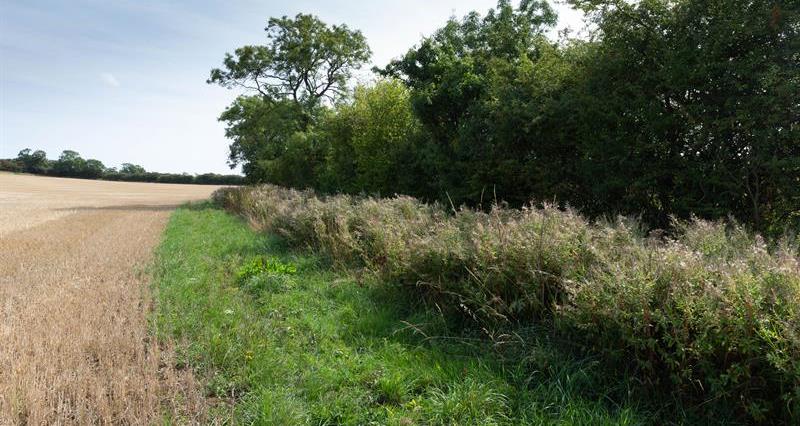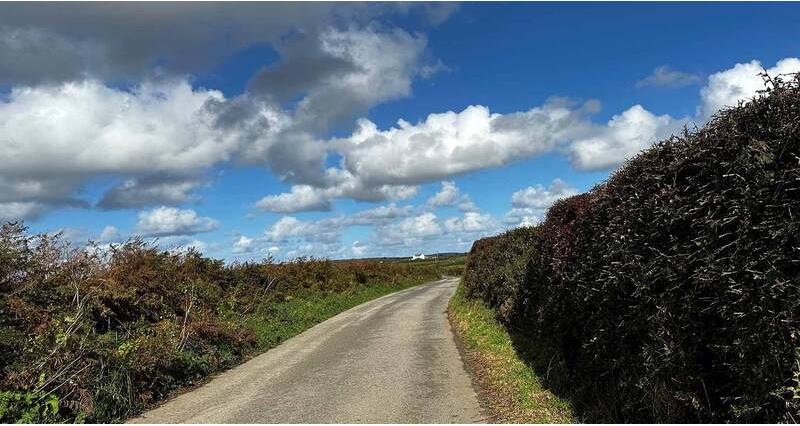Defra sought views on:
- how the protection of hedgerows should be approached after the end of cross compliance
- the sanction regime that could be applied to enforce compliance
Defra outlined two possible pathways for the future. The first saw the cross compliance rules adopted into domestic legislation through the Hedgerow Regulations 1997.
The second was a longer process where Defra would construct a body of original domestic policies to cover the management of hedgerows.
Defra said it would pursue the first option, incorporating the cross compliance rules into domestic legislation. It intends to present the necessary legislation for this as soon as parliamentary time allows.
To find out more about current hedgerow regulations visit: Hedge cutting rules: new legislation update.
Sign in if you’re already a member

